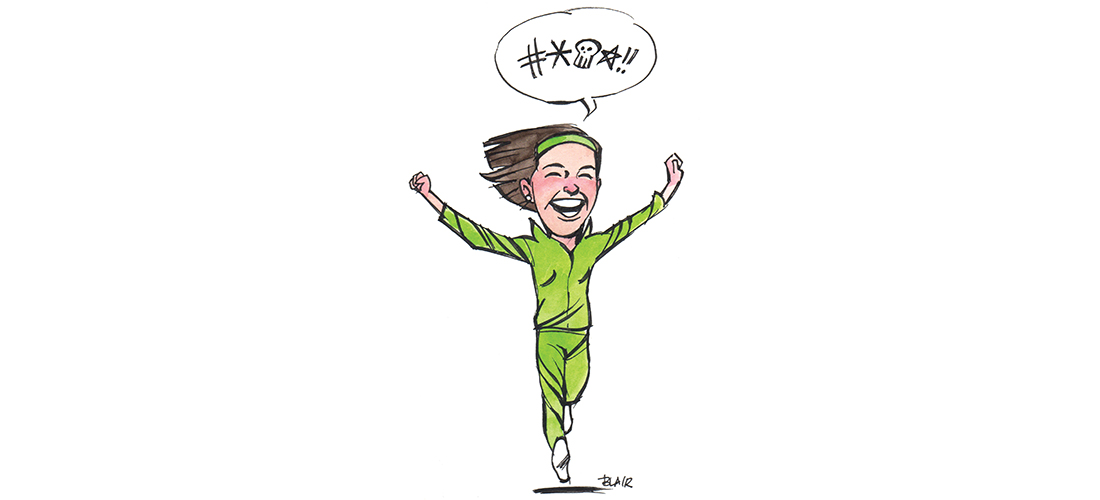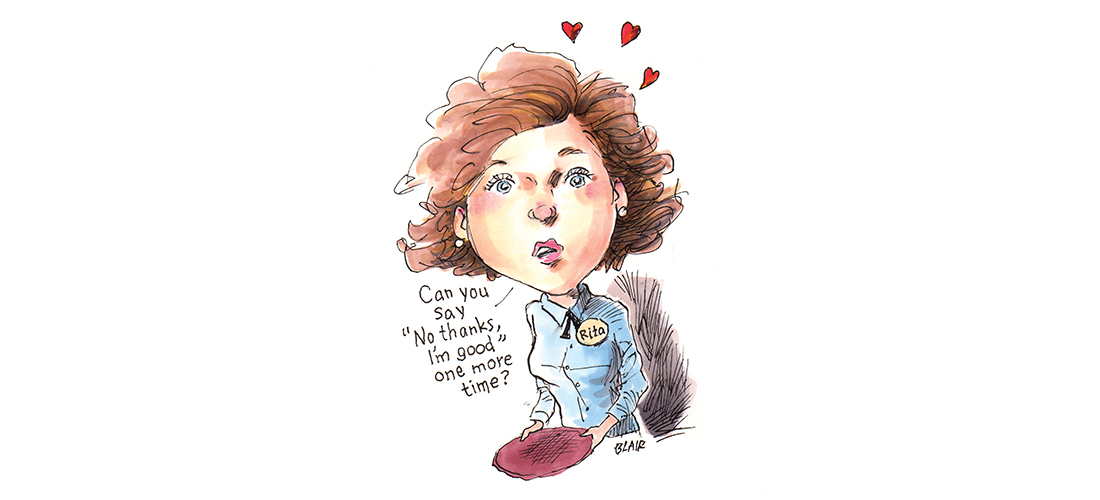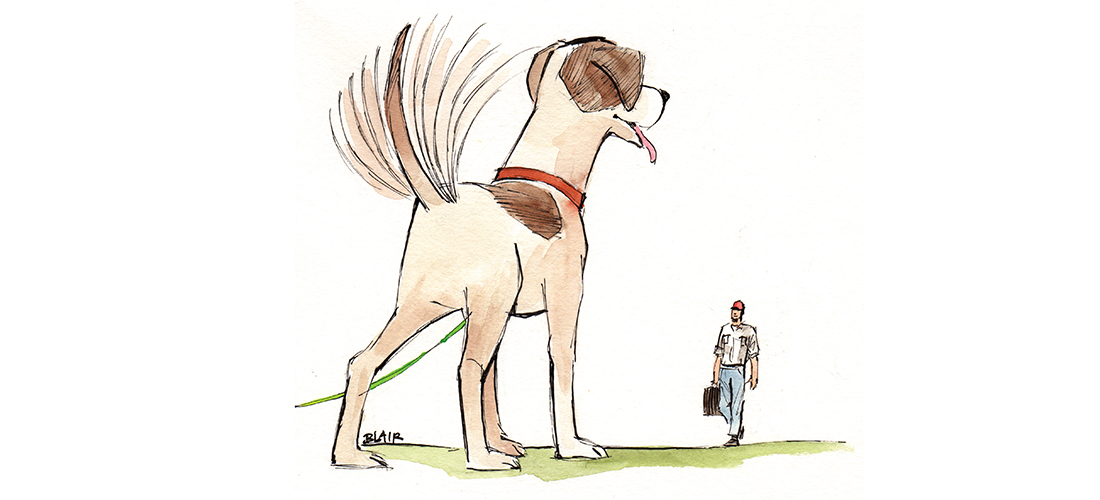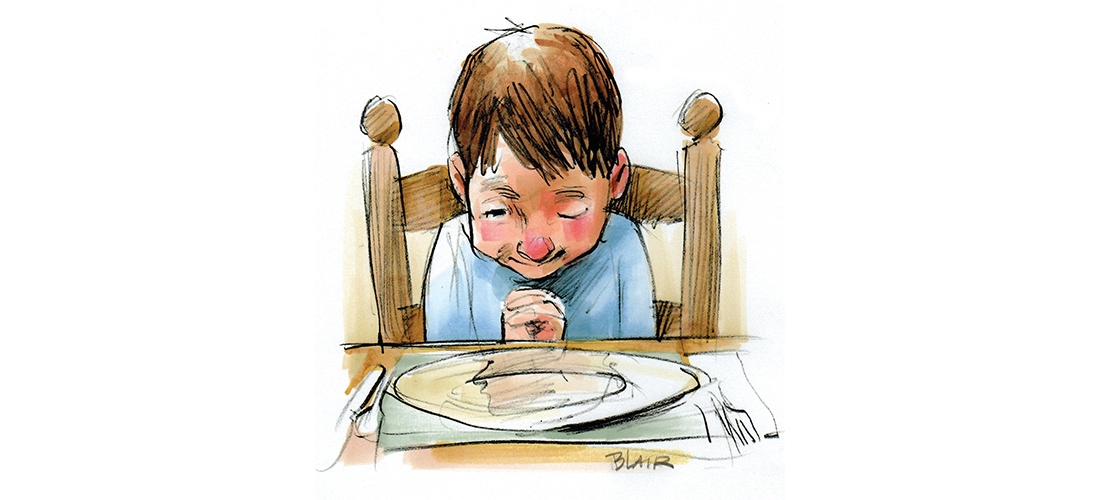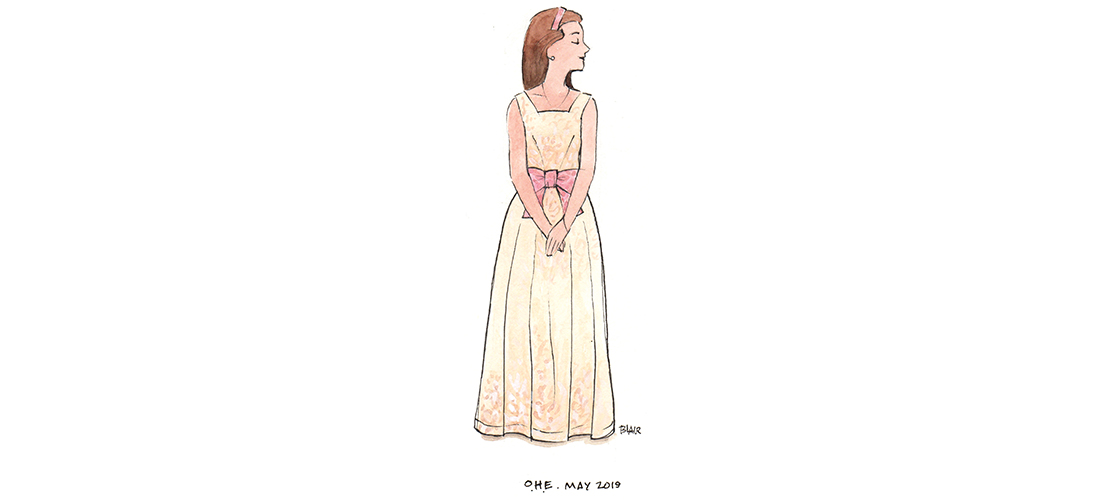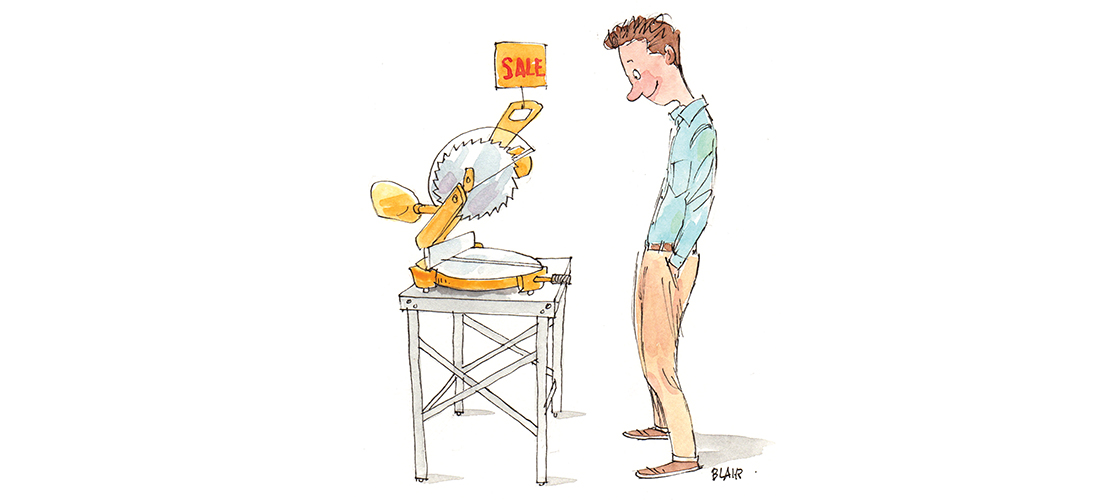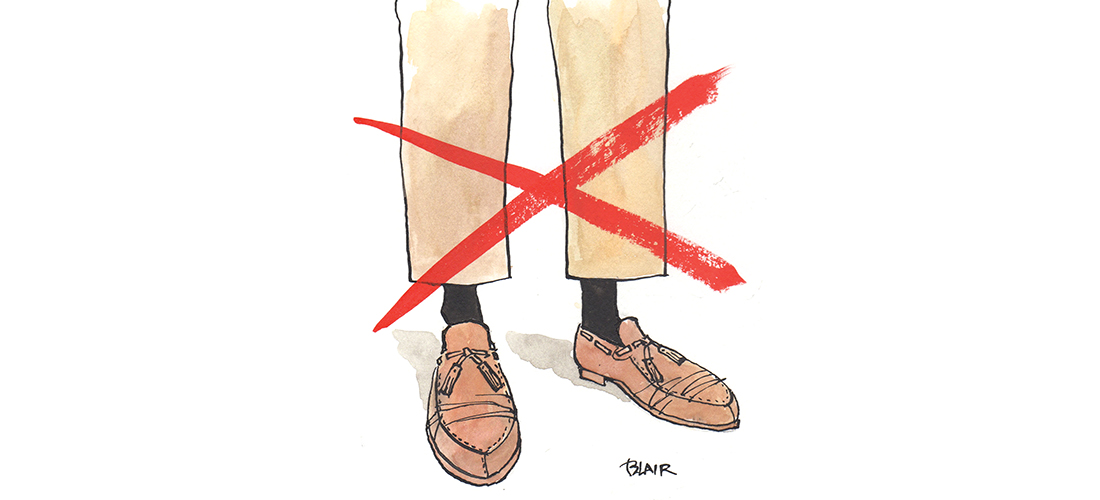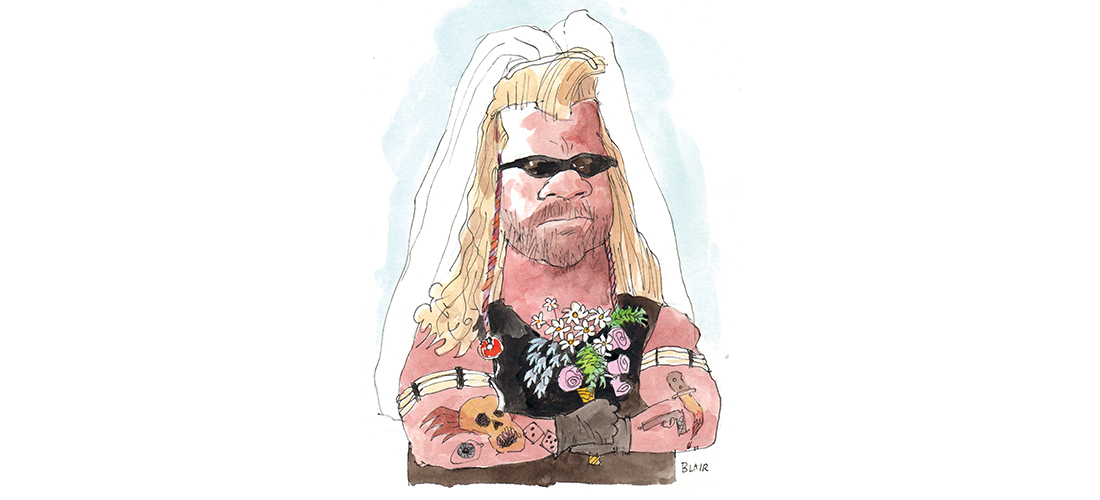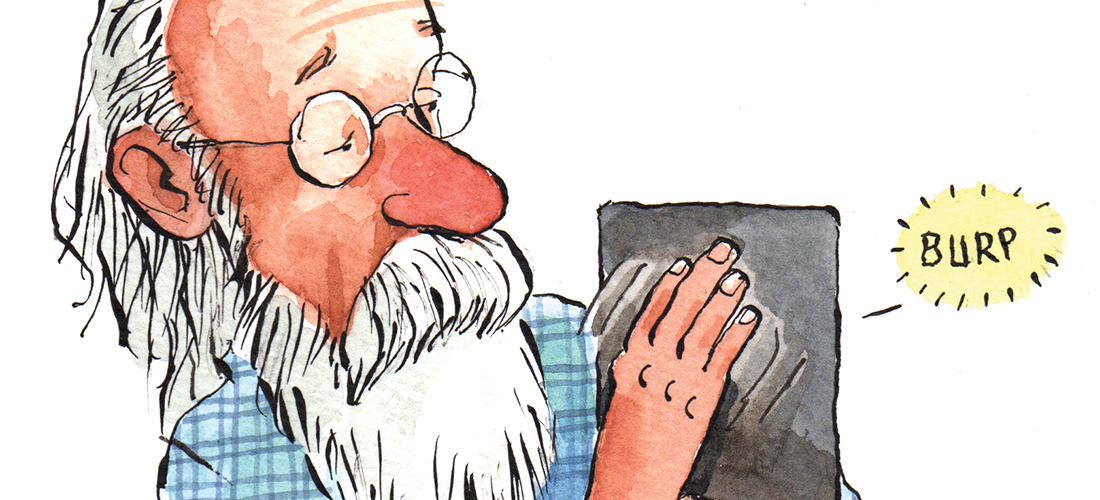O.Henry Ending
Half-Hearted
Pounding the pavement leaves one writer in a Tiff
By Cynthia Adams
The Southside Running Club was ready for my resistance. Especially, the de facto leader of the pack, Beth Deloria.
Beth does marathons just for the swag and the snacks.
“Just try a half,” she encouraged me.
She convinced me to join runs . . . runs that concluded at Manny’s Universal Cafe with hot coffee and convo.
Most of the club members loved running. Not me. I got deeply in touch with my inner bitch. That ran nonstop: My ACL was probably tearing. My stomach roiled.
Grumpy. Sleepy. Hungry. Thirsty. I was multiple personalities running from running: The Seven Dwarfs of Excuses.
“Too cold to train for a half,” I protested as Deloria’s face curved into a grin. “Easier than heat,” she replied. “Too hilly,” I countered.
As fellow runners collected medals from marathons, I shuffled along. I developed runner’s Tourette, earning the moniker “Cussin’ Cindy.”
Then, Nike announced a virtual Women’s Only half-marathon coinciding with the original one in San Francisco (where tuxedoed firemen drape a Tiffany’s necklace over the neck of each finisher!).
If ever I was going to run a half, this was it! I could design my own (flat) course at my own pace! And, there was the promise of Tiffany swag, which would be mailed after uploading my qualifying miles from a Nike device.
Carefully I mapped the flattest possible 13.1 miles to be found.
Beth asked a lot of nosy questions: Where was I starting? And ending? I resented this. My miles were on my terms.
At 5 a.m. on the appointed date, she showed up at my door with Jim Austin in tow. The two were lugging a starting gate they had built. Another Southsider, Joy Savage, showed up to run part of the course with me.
No escape.
Along my route, signs appeared: “Sweat is just pain leaving the body” . . . and more.
At mile No. 6, more Southsiders appeared, including Emily, a Triad weather gal. She kindly forecasted I would make it. Cindy, Heath, Buck, Carolyn, Billy and a pal nicknamed Skittles joined in.
At mile 13, Beth and Jim stood near the Latham Park tennis courts, the starting gate reversed to “FINISH.” A grinning Jim began running backwards with it as I approached.
Tourette syndrome erupted.
As we filed into Dunkin’ Donuts for coffee, they produced an improvised medal, a “13.1” decal and flowers.
Weeks later the Nike package arrived. It contained a “finisher” shirt and a Tiffany box. Our dog was nearly as excited as I was.
I ripped the box open and out fell a flimsy metal key ring. If I squinted, I could see “Tiffany & Co.” inscribed on it. My dog raised his ears as I used an s-word that rhymes with “duck” to express my disappointment. The box, I decided, was a lot nicer than the key ring. The dog agreed, grabbing it, running faster than I ever had for the dog door.
“Tasteful,” he seemed to growl, his mouth filled with Tiffany blue cardboard.
In a few months, a new blue box would appear at Manny’s just after a run that had ended there. Beth and Jim watched as I opened it.
“Not sucky,” was engraved on the gleaming silver, bona fide Tiffany key ring. And just like that, a lot of pain did, in fact, leave the body! OH
Cynthia Adams is a contributing editor to O.Henry. She still cusses while running.

